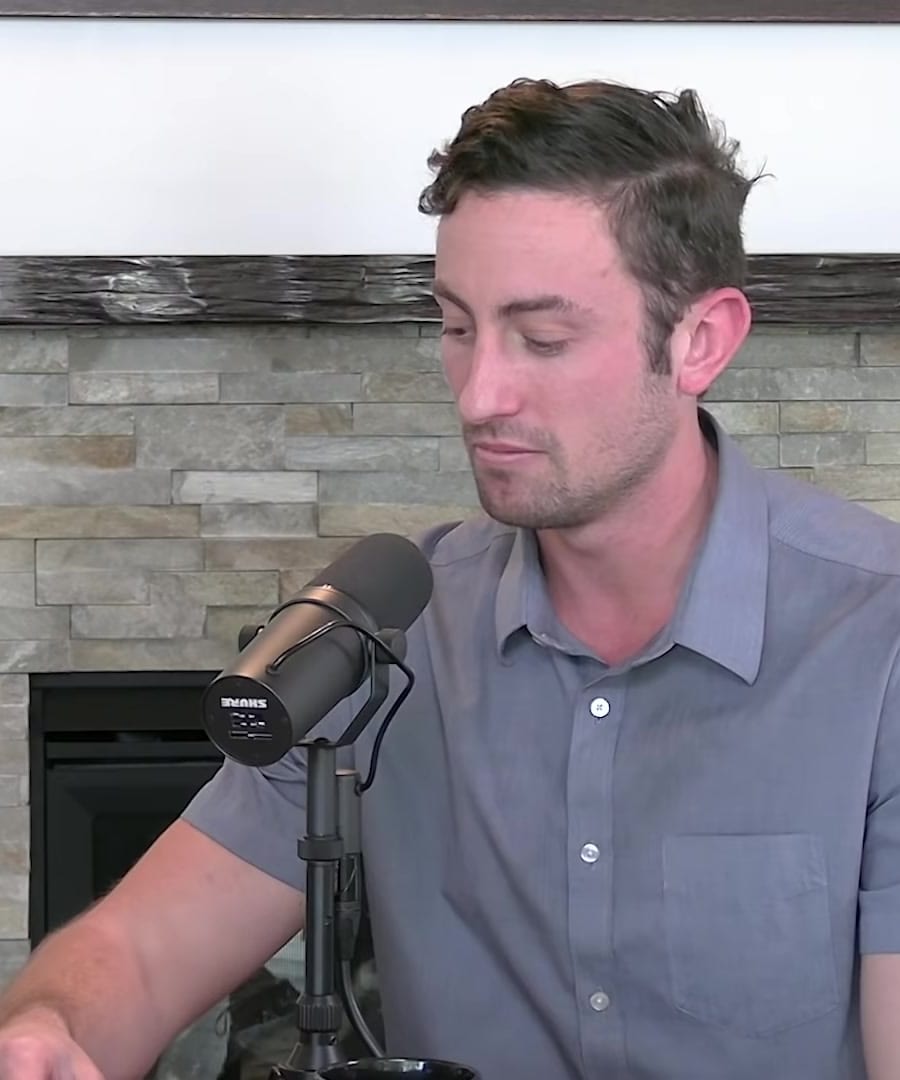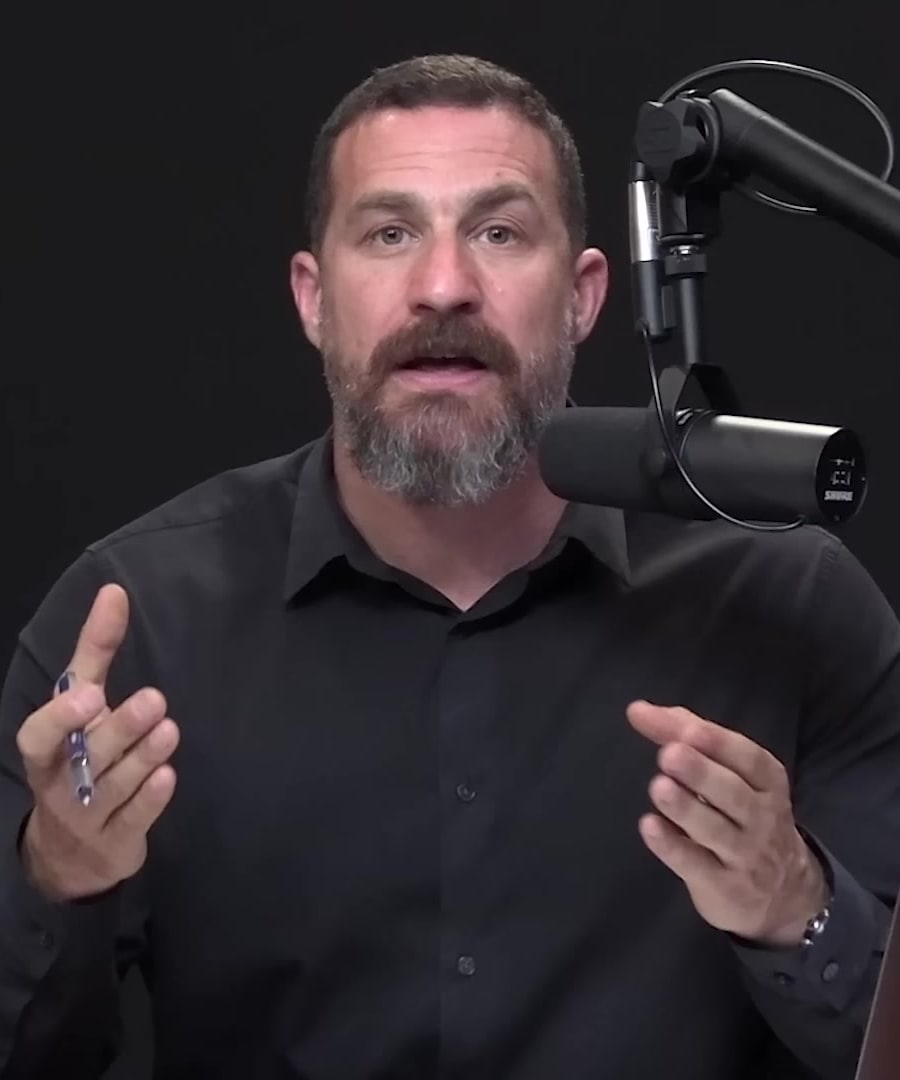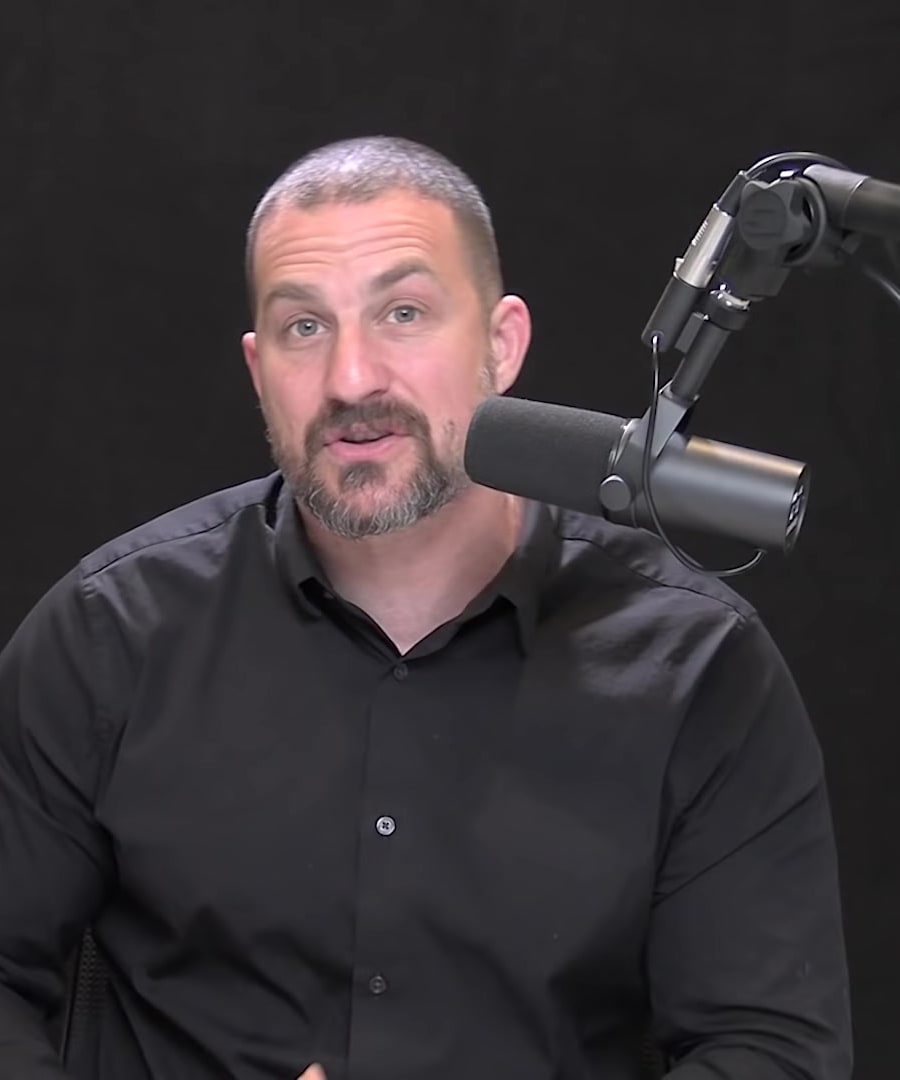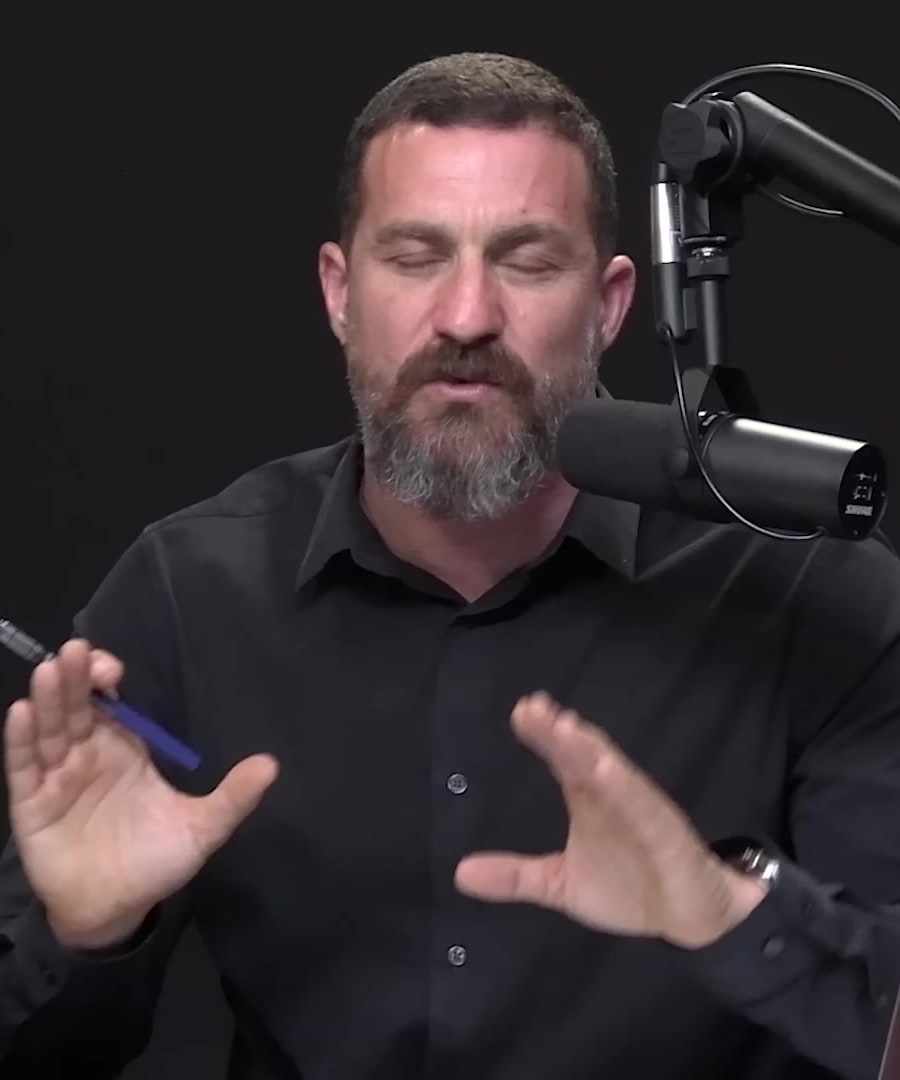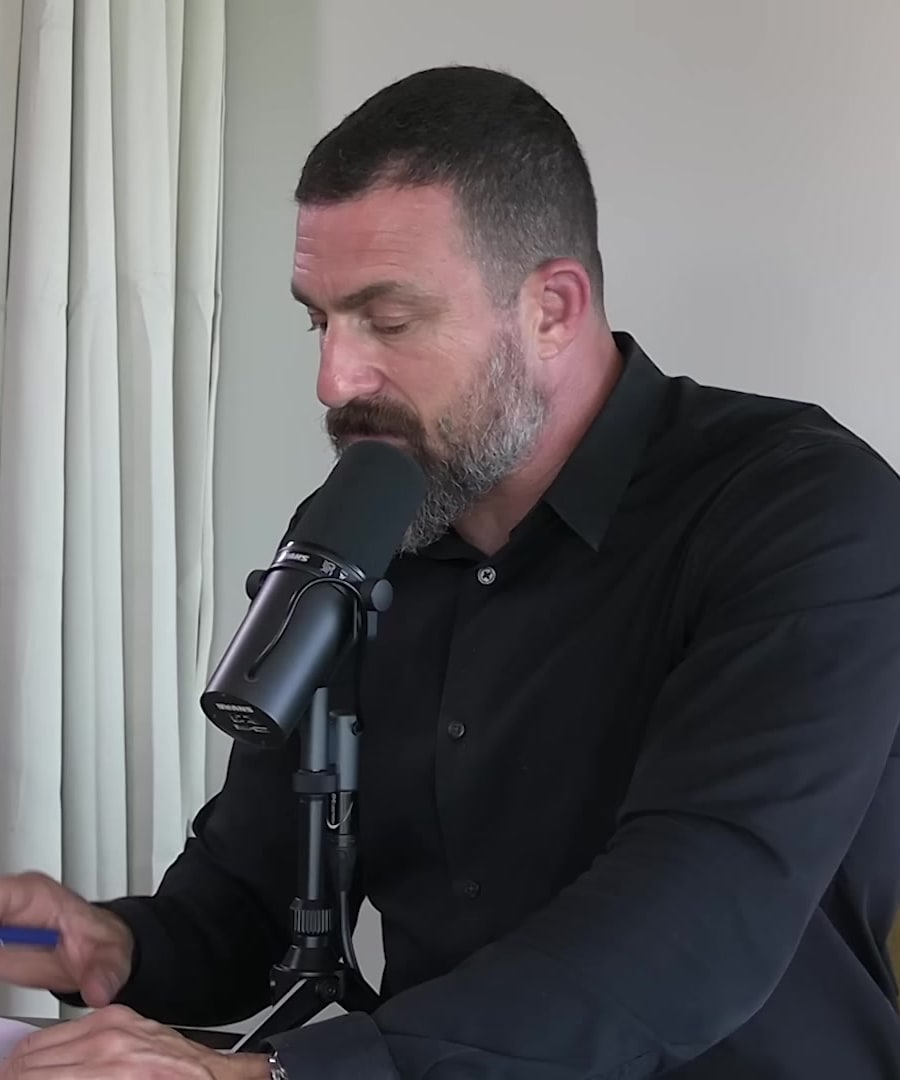What causes male pattern baldness?
Sources:
Male pattern baldness, also known as androgenic alopecia, is primarily driven by genetic factors and hormones, particularly androgens like testosterone and its more potent derivative, dihydrotestosterone (DHT).
-
Genetic Factors:
- The genetic component involves the androgen receptor (AR) gene. Individuals with a more sensitive AR gene, often due to fewer CAG repeats in the gene, are more likely to experience hair loss. This sensitivity leads to increased activation of the gene by androgens, which can promote hair loss 1.
- The pattern of androgen receptors on the scalp, which is usually inherited from the mother's side, determines which areas of the scalp are more prone to hair loss 2.
-
Hormonal Factors:
- DHT binds to androgen receptors on the scalp, promoting hair loss. Interestingly, DHT also promotes hair growth in other parts of the body, such as the face, leading to beard growth, and on the back 3.
- High levels of DHT can inhibit hair growth by reducing insulin-like growth factor 1 (IGF-1) and cyclic AMP, both of which are important for extending the growth phase of hair 4.
-
Age and Hormone Changes:
- While young men typically have higher testosterone levels, the conversion of testosterone to DHT increases with age. This higher activity of the enzyme 5-alpha reductase, which converts testosterone to DHT, contributes to increased hair loss as men grow older 4.
-
Gender Differences:
- Although women also have testosterone and can experience androgenic alopecia, they generally have lower testosterone levels than men. The pattern and prevalence of hair loss in women are also influenced by androgen sensitivity and hormonal changes, particularly during menopause 4.
-
Medications and Treatments:
By understanding these factors, one can better approach potential treatments or management strategies for male pattern baldness.
RELATED QUESTIONS-
